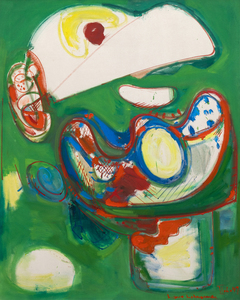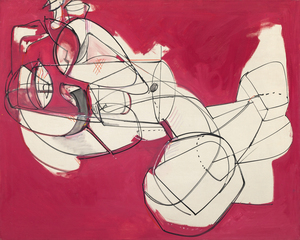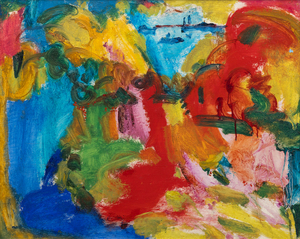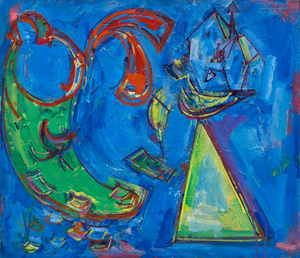¿Le gustaría personalizar sus preferencias artísticas?
La educación es de suma importancia en Heather James Art Advisory. Tanto si eres un coleccionista experimentado como si acabas de empezar, nuestro objetivo es crecer con nuestros clientes y creemos plenamente en proporcionar información y conocimientos para ayudar a nuestros clientes a aprender y cultivar sus intereses artísticos.
Heather James Art Advisory aporta décadas de experiencia curatorial con la orientación de nuestro personal curatorial senior que ha organizado exposiciones a nivel mundial en museos, galerías y residencias privadas. Aunando elementos estéticos e históricos del arte, ayudaremos a que su colección y su hogar reflejen sus intereses artísticos.
HJ Art Advisory proporciona una logística completa a la hora de manipular, transportar y supervisar las obras de arte de nuestros clientes. Nuestra supervisión abarca todos los aspectos del cuidado de las obras de arte. Supervisamos cada paso del proceso de transporte, instalación y almacenamiento de las obras de arte. Asesoramos y facilitamos el diseño del marco, la iluminación, los requisitos de seguridad, la conservación y la evaluación del estado.
Heather James ha tenido el honor de facilitar préstamos a los mejores museos de todo el mundo, como el MoMA o el Centro Pompidou, entre otros. HJ Art Advisory se encarga de todo el papeleo y la logística necesarios para nuestros coleccionistas que deciden prestar una obra de arte para una exposición en un museo.
HJ Art Advisory se centra en la búsqueda de obras de arte para posibles adquisiciones en ventas privadas, casas de subastas y encargos de artistas. HJ Art Advisory supervisa continuamente el mercado privado y público en busca de obras de arte significativas que pertenezcan a los intereses de nuestros clientes y que puedan enriquecer sus colecciones. Negociamos la venta o el precio de venta en nombre de un coleccionista con el fin de lograr el mejor acuerdo posible para nuestros clientes.
El grupo HJ Art Advisory evalúa y valora colecciones de arte para su tasación en seguros, adquisición y cesión. Esto implica una investigación en profundidad del análisis del mercado del arte privado y público para determinar el valor.
HJ Art Advisory mantiene los más altos estándares de diligencia debida a través de la indagación, la investigación y la procedencia de los objetos antes de la adquisición para determinar que se puede obtener un título claro. Dicha investigación incluye, pero no se limita a, determinar:
HJ Art Advisory trabaja con, y en nombre de, clientes que están desarrollando nuevas colecciones o con colecciones bien establecidas, proporcionándoles asesoramiento y una oferta de servicios en profundidad. Nuestros amplios conocimientos y experiencia, junto con muchos años en el negocio del arte, sitúan a nuestro personal altamente cualificado y experimentado para proporcionar orientación y dirección en múltiples niveles.





